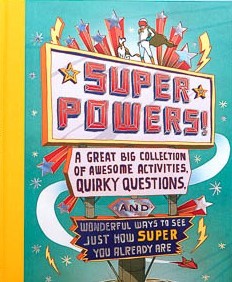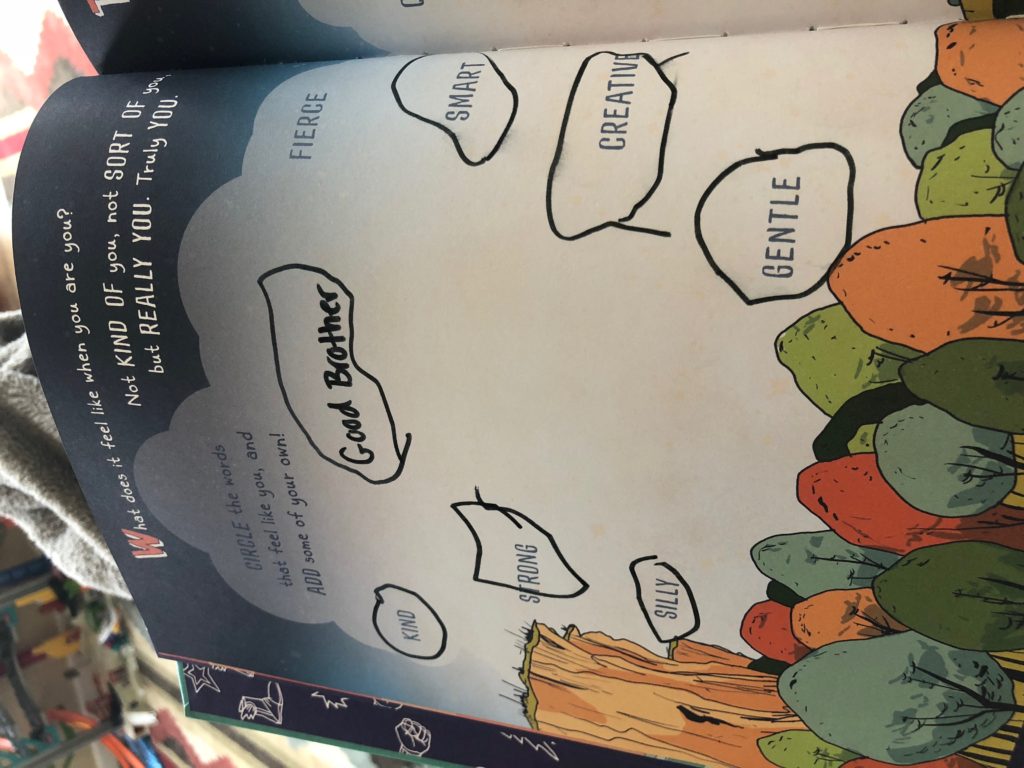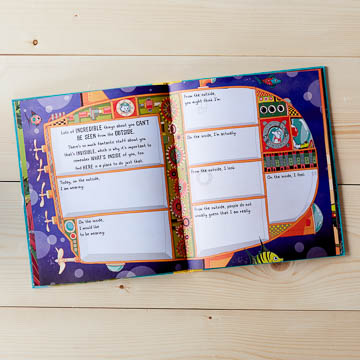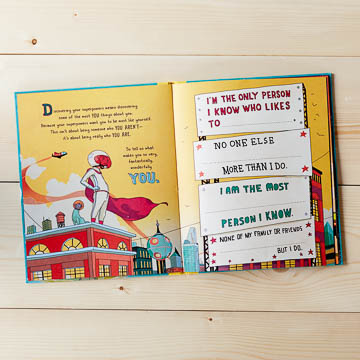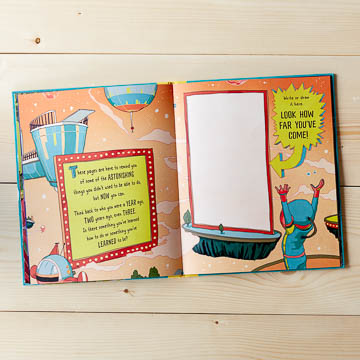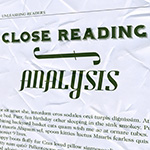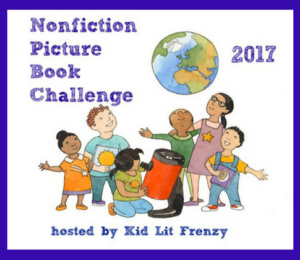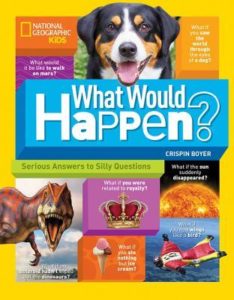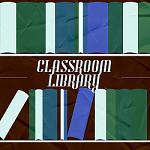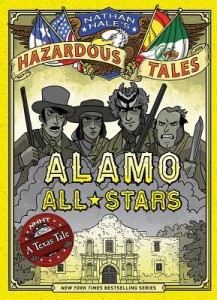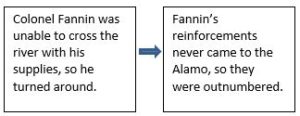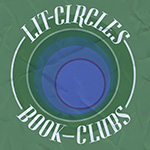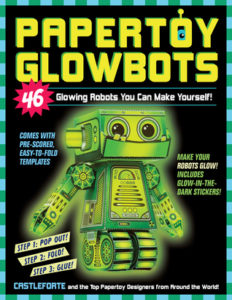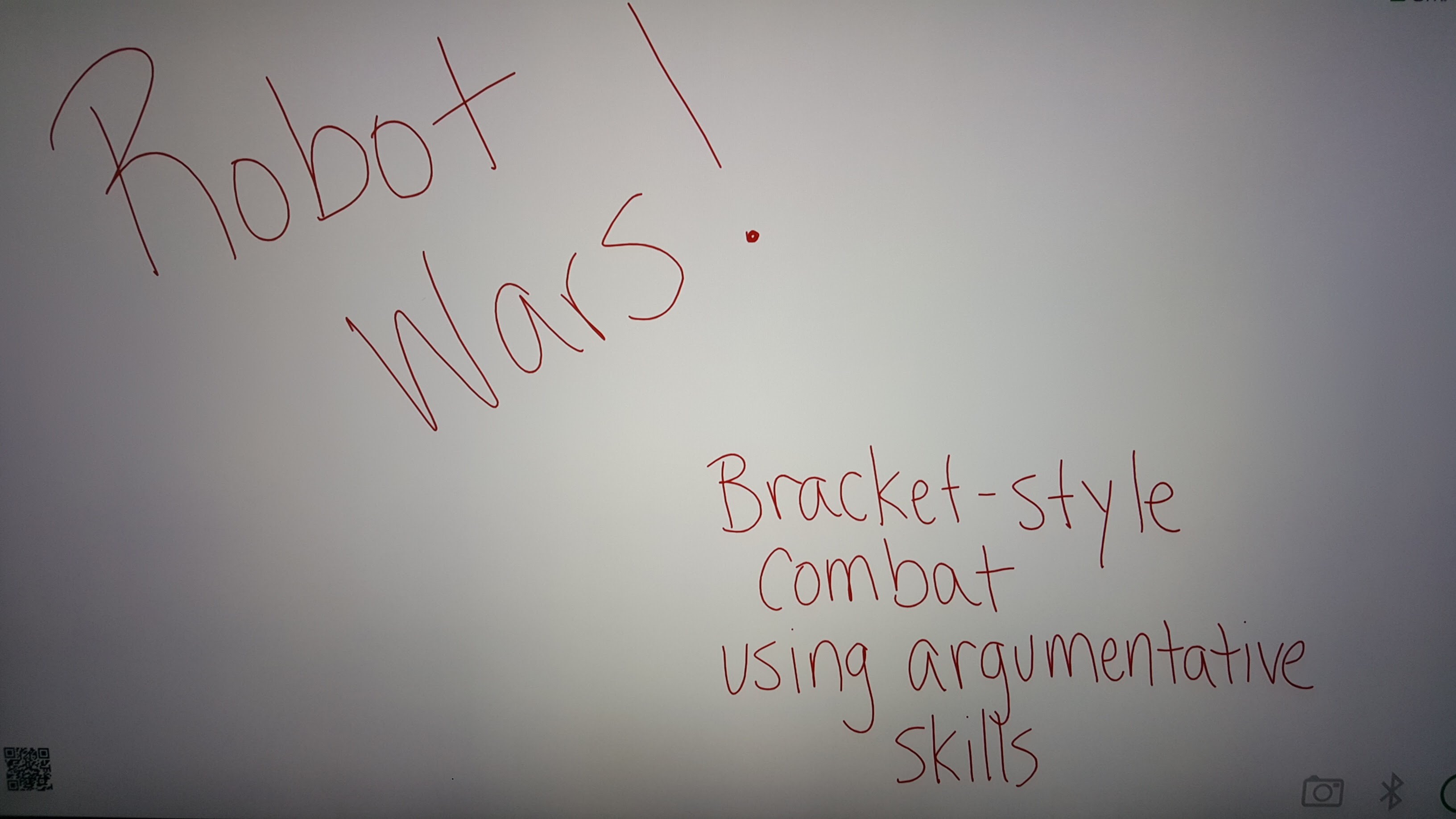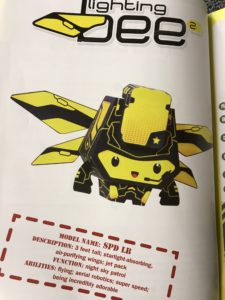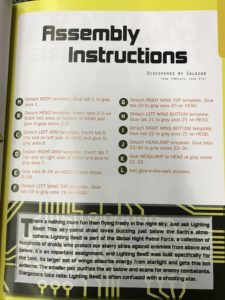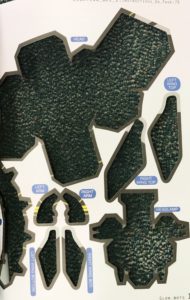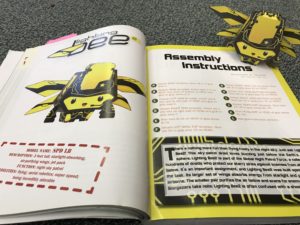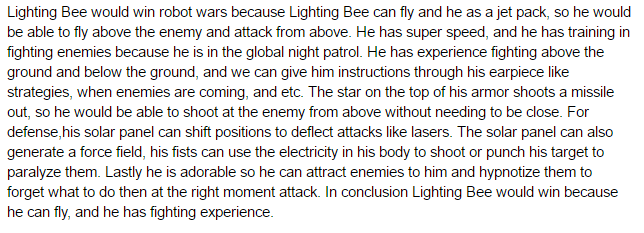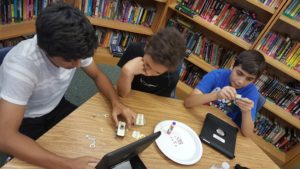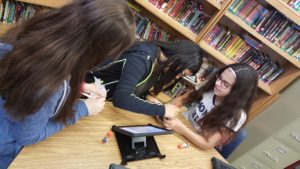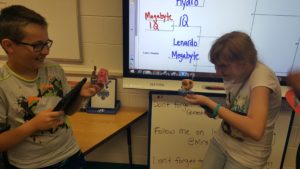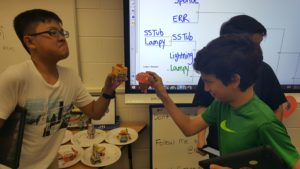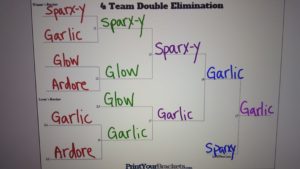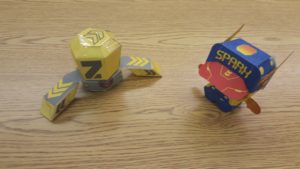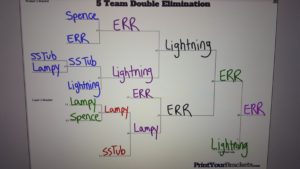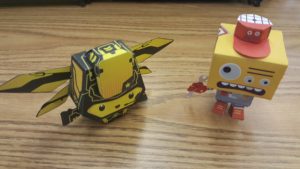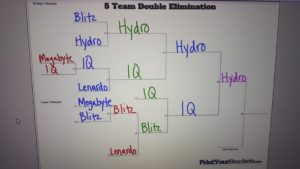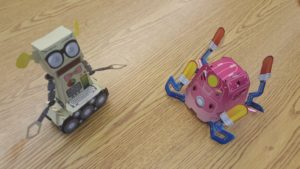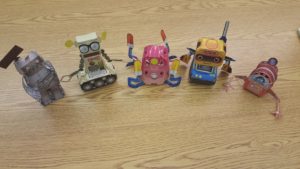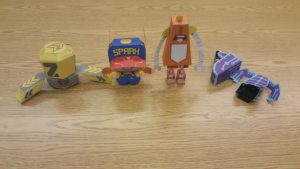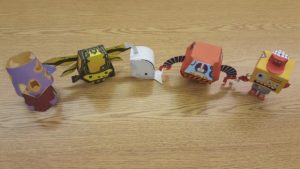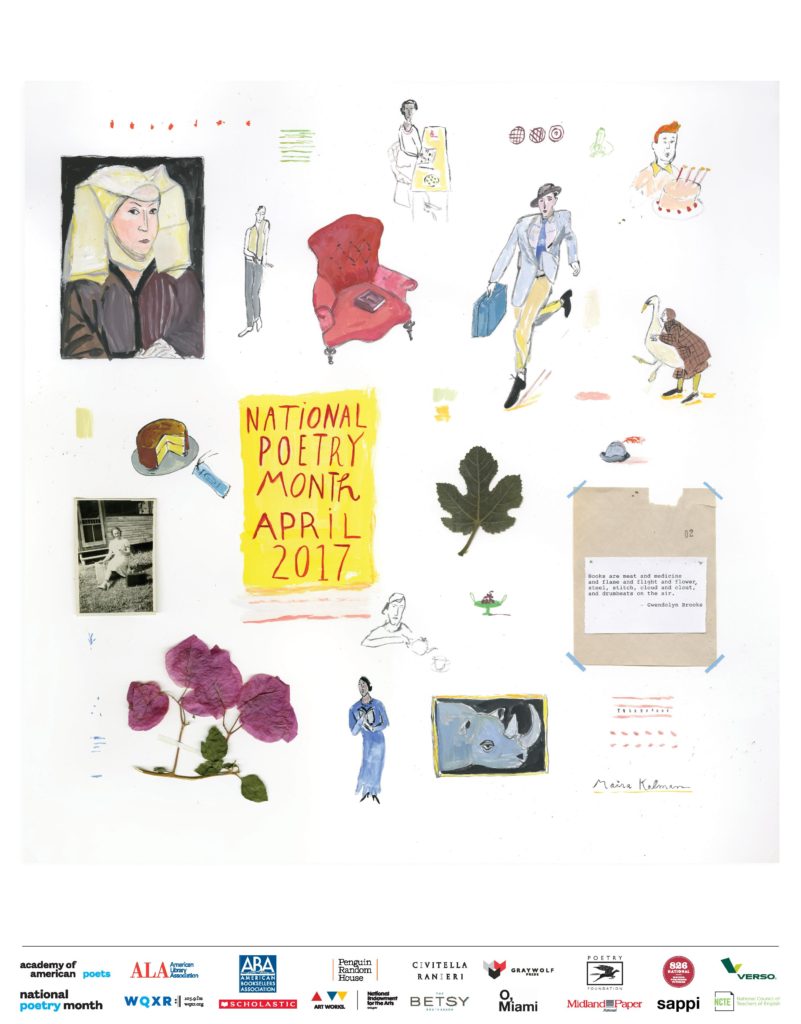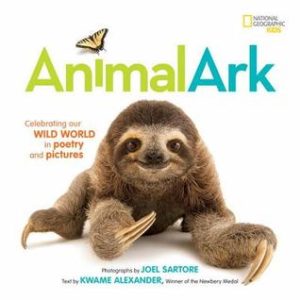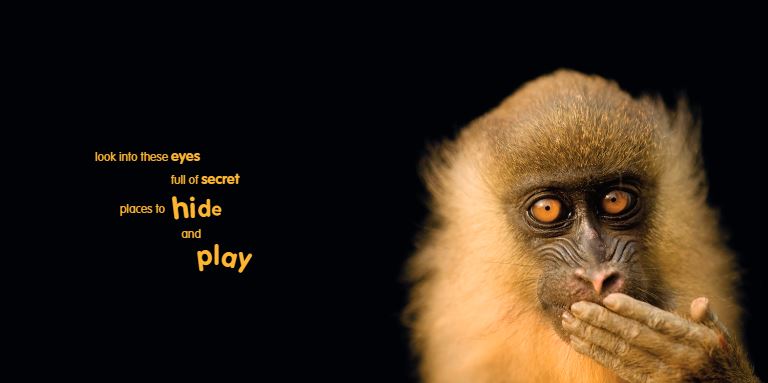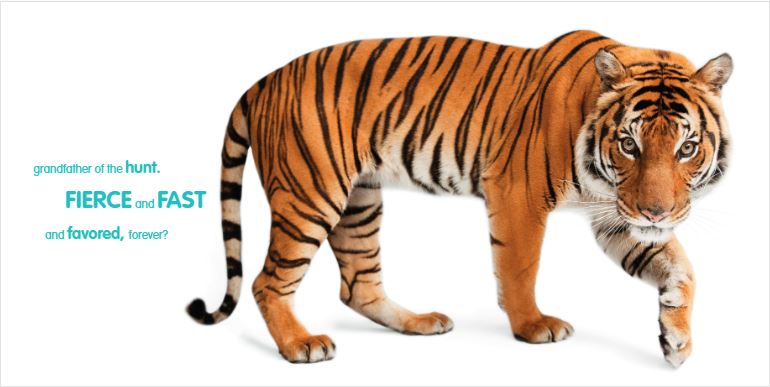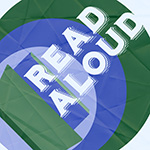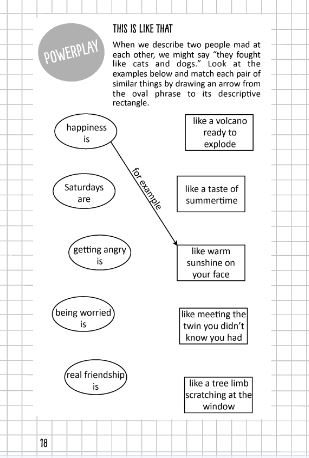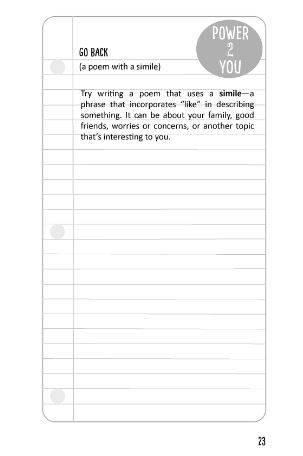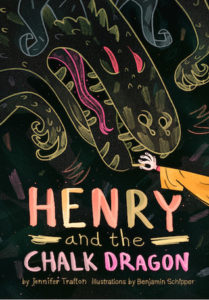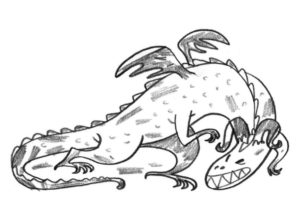Super Powers!: A Great Big Collection of Awesome Activities, Quirky Questions, and Wonderful Ways to See Just How Super You Already Are
Author: M.H. Clark
Illustrator: Michael Byers
Published 2017 by Compendium, Inc.
Summary: Calling on all kids to turn on their superpowers! A great big collection of awesome activities and quirky questions, this book offers tons of wonderful ways for kids to discover what really interests them, what makes them unique, and what makes them so amazing just the way they are. With invitations to declare a superhero name, create a superhero tool kit, and even write their own superhero legend, this book will light up the imagination of young kids and open up their minds to big possibilities.
Kellee’s Review: Compendium Inc.’s tagline is “Live Inspired,” and I really do feel like every book I read from them embodies this. This new title from them that we received helps us look more closely at all the different ways we are awesome. Throughout the book, the reader gets to answer questions, draw, and imagine to help make a superpower profile. I think the questions really make the reader think about different aspects of their life and how things that they don’t normally consider super are just that. Then after picking what their superpower is, they get to expand and imagine and be creative! It is truly a fun and inspiring interactive picture book! I cannot wait to complete this book with Trent as well—it is so special!
Ricki’s Review: I absolutely love this book! My son and I work on a different page each night, and we’ve had so much fun. He’s four, and the book is a bit above his reading level, but we are going to go back and continue to fill the pages as he learns and grows. Each page takes a closer look at his personality and others’ perceptions of him. It really boosts his confidence level about his positive characteristics and skills. Below, I post a picture of one of the pages we worked on:
This page asked him to circle the words that he felt described him. He circled all of the words except fierce. He was also instructed to write words not listed. He decided that he should write down that he is a good brother (which is very true). I am going to purchase a second copy of this book for his brother, who is younger. It is a great learning experience!
Teachers’ Tools for Navigation: Superpowers! takes the reader through a complete prewriting activity for a creative story! Instead of having students answer for themselves, teachers might ask them use the questions and activities to plan their main character. Another option is to have students complete the books with consideration of a protagonist that they just read. Both of these activities make the reader/writer look more in depth at the characters, emotionally and physically.
One thing, as a teacher, that we really like about this book is that it can be used in so many different ways for so many different types of students.
Discussion Questions: This book is a big discussion question! 🙂
Flagged Passages:
Read This If You Love: Doodle Adventures by Mike Lowery, Just Imagine by Nick Sharratt, Interactive picture books
Recommended For:
**Thank you to Moira at Compendium for providing copies for review!!**
